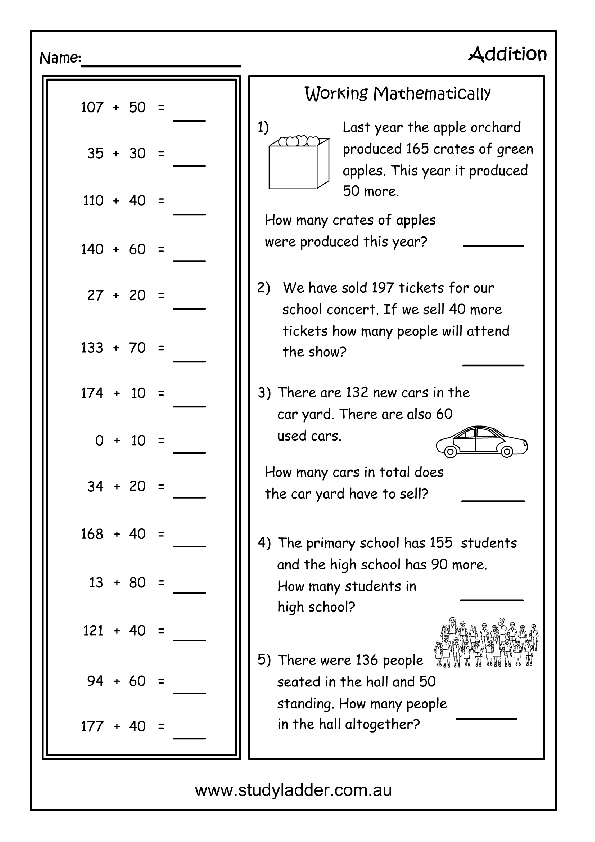Adding multiples of 10 to numbers less than 200
- Grade: Grade 3
Activity type: Printable
To save results or sets tasks for your students you need to be logged in. Join Now, Free
Adding multiples of 10 to numbers less than 200
- Course
Mathematics - Grade
Grade 3 - Section
Addition - Outcome
Adding multiples of 10 - Activity Type
Printable - Activity ID
3897

